Microorganisms, infectious diseases, bodies defence systems and protein synthesis
1/168
There's no tags or description
Looks like no tags are added yet.
Name | Mastery | Learn | Test | Matching | Spaced |
|---|
No study sessions yet.
169 Terms
Infectious Disease
Disease transmitted between organisms via pathogens.
Pathogens
Microbes causing disease by damaging cells.
Toxins
Chemicals released by pathogens disrupting cell function.
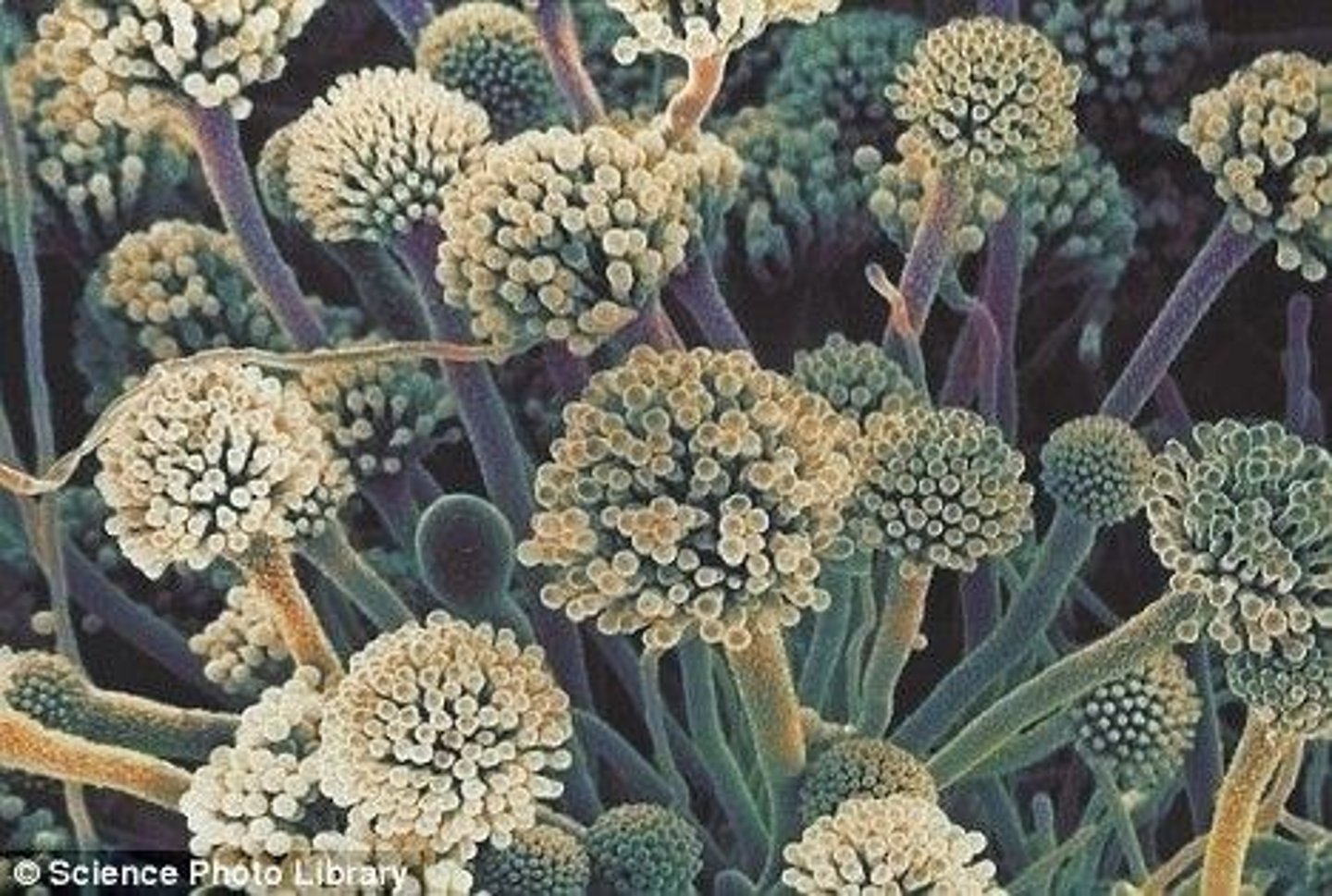
Bacteria
Prokaryotic, unicellular organisms causing diseases.
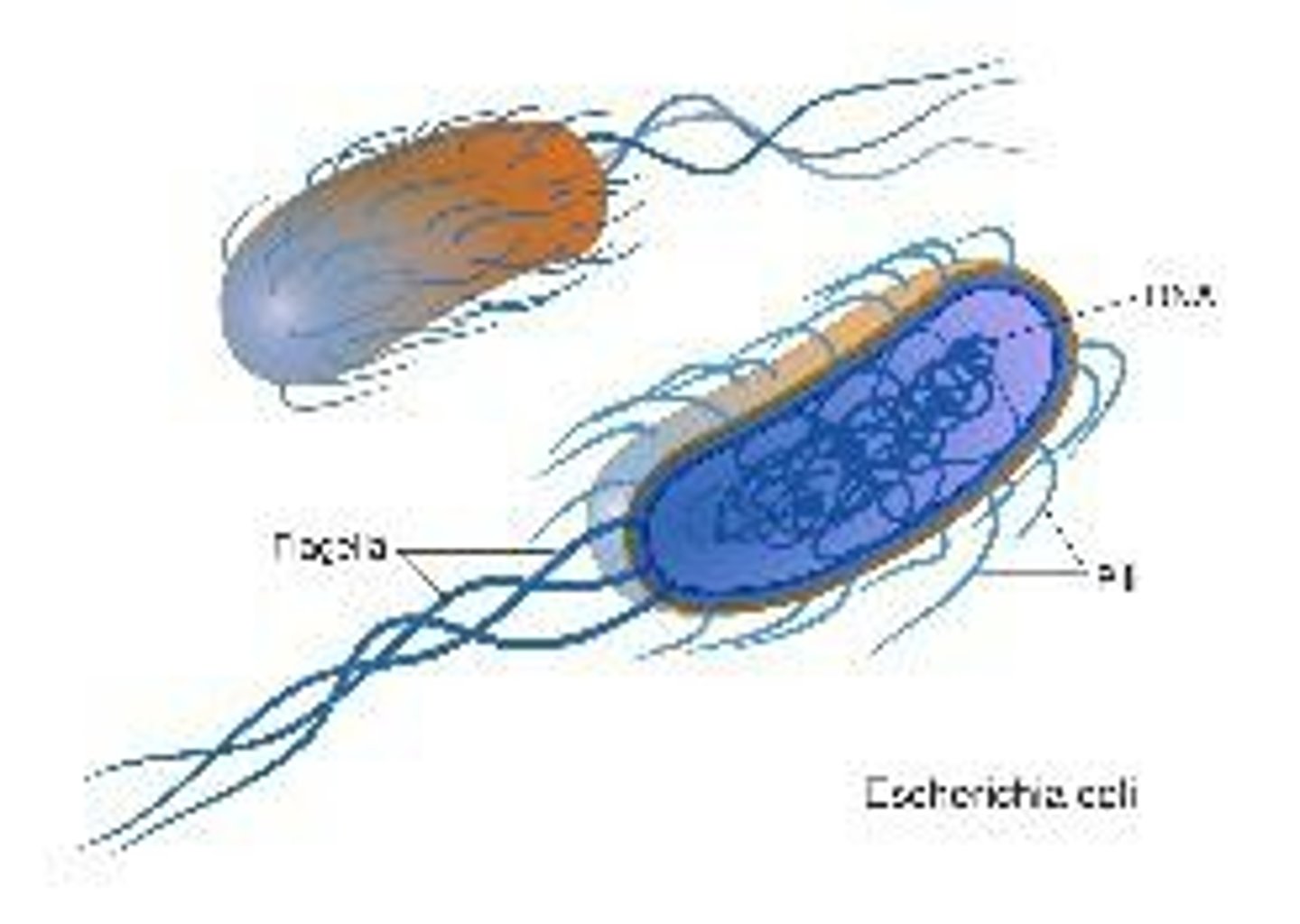
Viruses
Infectious agents requiring host cells to replicate.
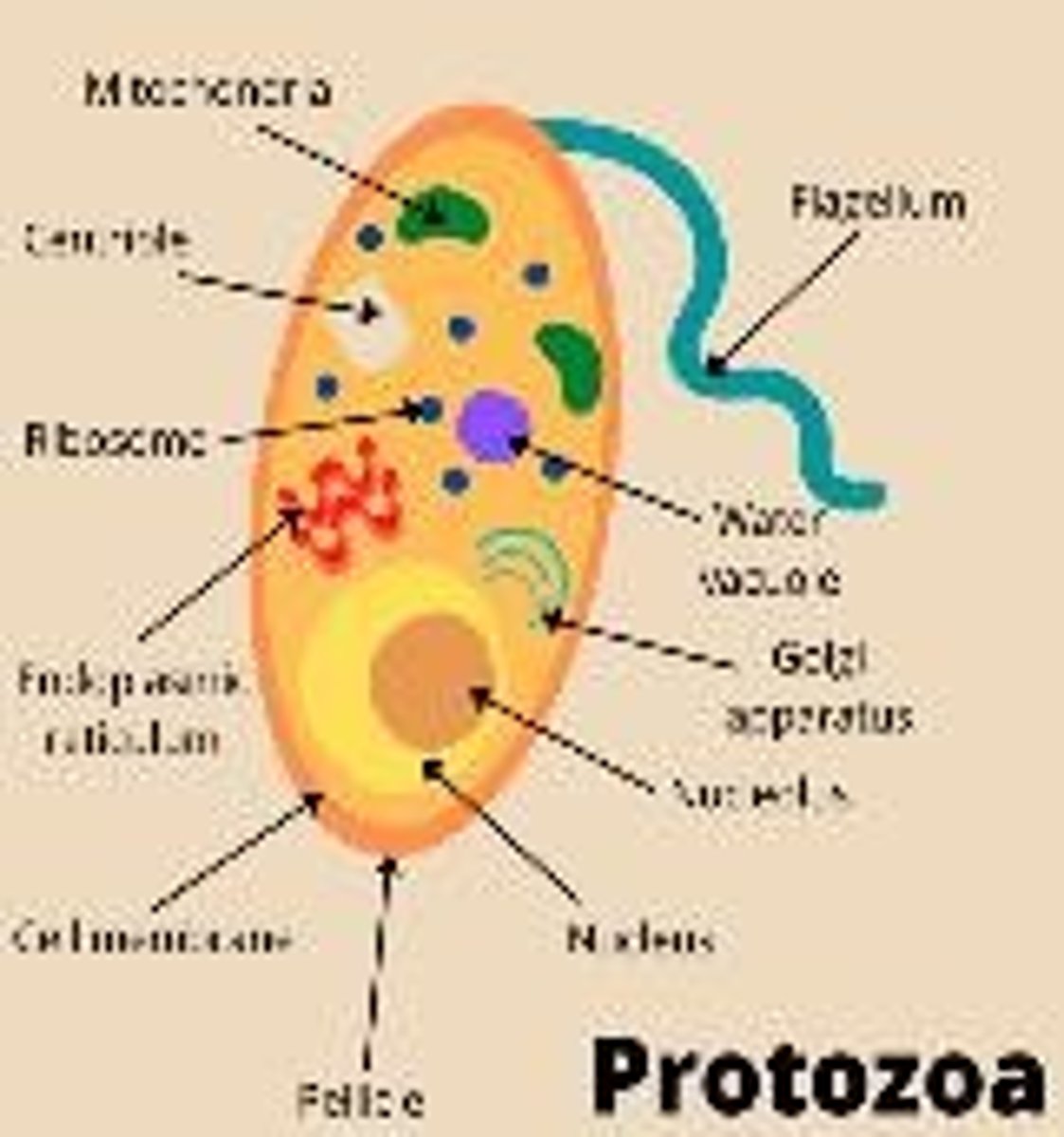
Parasites
Organisms living on or in hosts, causing harm.
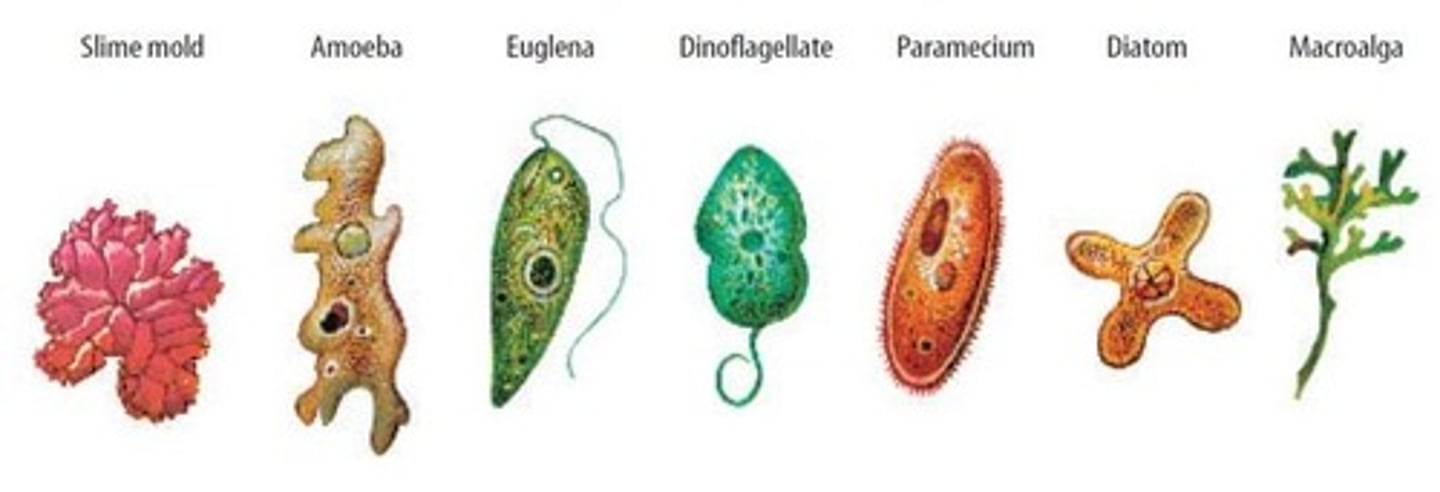
Fungi
Eukaryotic, multicellular organisms, some pathogenic.
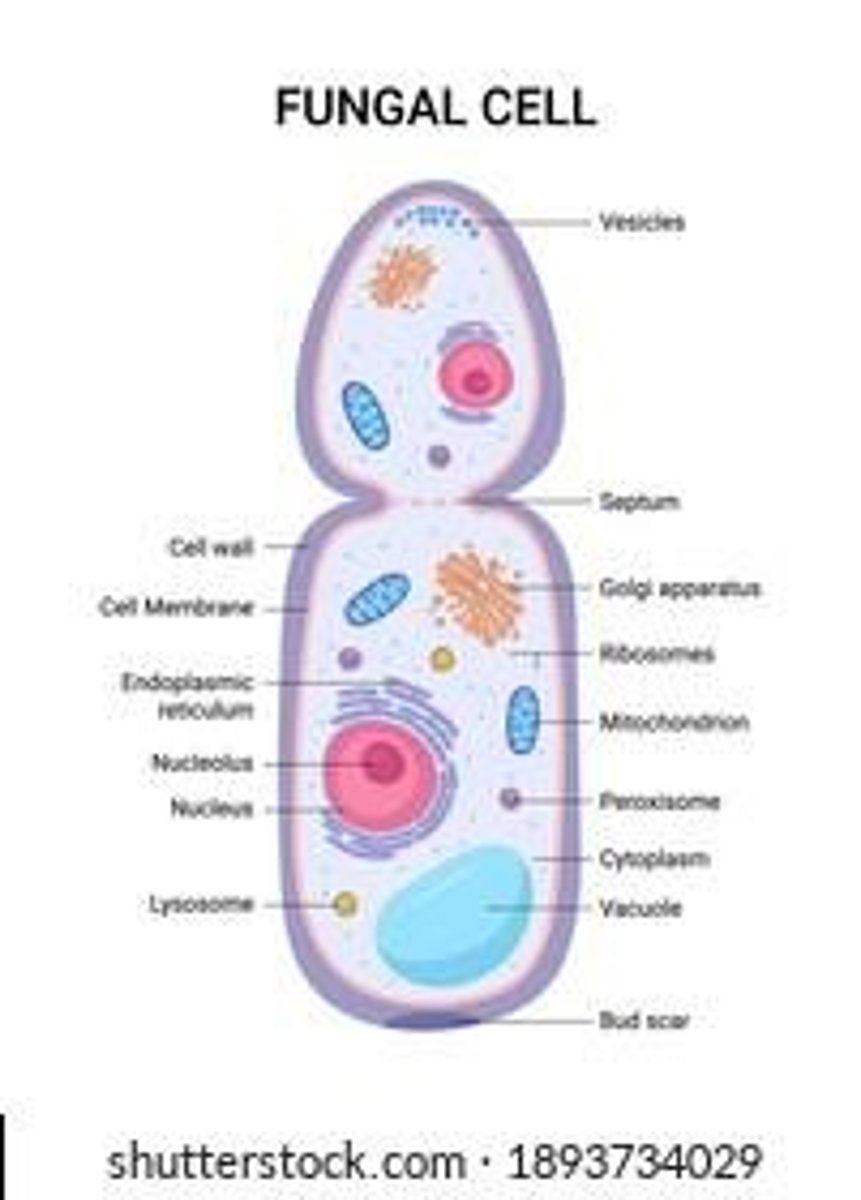
Protists
Eukaryotic, mostly unicellular microorganisms.
Contact Transmission
Spread through skin or mucous membrane contact.
Faecal Transmission
Spread via contact with feces.
Bodily Fluids Transmission
Spread through blood or other fluids.
Chain of Infection
Six links: pathogen, reservoir, exit, transmission, entry, host.
Reservoir
Natural environment where pathogens survive.
Portal of Exit
Pathway for pathogens to leave the reservoir.
Means of Transmission
Pathogen transfer methods: direct or indirect.
Portal of Entry
Pathway for pathogens to enter a new host.
New Host
Organism receiving the pathogen, influencing infection severity.
Endemic
Constant disease presence in a specific area.
Epidemic
Spike in disease occurrence beyond expected levels.
Pandemic
Widespread epidemic across multiple countries.
Isolation
Separating sick individuals from healthy ones.
Quarantine
Restricting movement of exposed individuals.
Group Immunity
Proportion of immune individuals in a population.
Vector Control
Managing organisms transmitting diseases between hosts.
Micro-organisms
Invisible life forms vital for ecosystems.
Autotrophs
Organisms producing energy from inorganic substances.
Heterotrophs
Organisms obtaining nutrients from other organisms.
Cell Cultures
Growing cells in controlled environments.
Culture Medium
Nutrient solution for growing cells.
Exponential Growth
Rapid cell division under ideal conditions.
Denaturation
Protein shape change affecting its function.
pH Requirements
Optimal pH for cell growth varies by type.
What is the first line of defence?
Chemical and physical barriers that prevent pathogens from entering the body
What is the second line of defence?
The bodies innate, non-specific, immune response
What is the third line of defence?
Acquired immune responses
What are the barriers to infection? (first line of defence)
The skin, mucous membranes, secretions and stomach acid.
What is the primary function of the skin in relation to the bodies defence?
To act as an impenetrable barrier to bacteria and viruses.
What is the upper layer of the skin made of?
Dead cells containing a protein called keratin.
What substances do skin cells secrete for waterproofing?
Lipids.
What substances does the skin produce to prevent infection?
Antimicrobial substances.
What do mucous membranes line?
The digestive, respiratory, and urinary tracts.
What is the function of mucous membranes?
They trap pathogens before they enter the core of the body.
What type of cells secrete mucus in mucous membranes?
Goblet cells.
What structures line mucous membranes and help collect pathogens?
Cilia.
How can pathogens trapped by mucous membranes be expelled?
Through processes like coughing or sneezing.
How do the cilia protect the body?
By moving in a rhythmic motion and sweeping out debris and pathogens.
What are some secretions that act as barriers to infection?
Tears, saliva, and earwax.
What do tears contain that helps inhibit bacterial growth?
Antimicrobial substances
What is the function of Lysozyme found in tears?
It can destroy bacterial cell walls.
What is the pH range of hydrochloric acid in the stomach?
2-4
How does stomach acid protect the body from pathogens?
The very acidic environment in the stomach destroys any pathogens that enter the body through ingestion.
the second line of defence - Innate
innate suggesting an inborn and non-learned trait
the second line of defence - non-specific
Non-specific suggesting the defence mechanisms are general and not targeted to any particular pathogen.
How does the second line of defence work?
If a pathogen makes it past your first line of defence, your body can mount an immune response to attack and destroy the invader
What makes up the second line of defence?
phagocytic white blood cells, antimicrobial proteins and the inflammatory response
What are phagocytes?
Types of white blood cells that engulf foreign bodies.
Where do phagocytes accumulate?
At damaged areas where foreign bodies may enter.
What process do phagocytes carry out?
Phagocytosis
What triggers a localized inflammatory response?
Damage to tissue by a physical injury
What chemical is released during inflammation that causes arteriole dilation?
Histamine
What effect does histamine have on arterioles?
Causes arteriole dilation
What effect does histamine have on venules?
Causes venule constriction
What accumulates at the site of inflammation?
White blood cells
What happens to the tissues during the inflammatory response?
The tissues go red and warm due to a large amount of blood reaching the site.
What causes swelling in the area during the inflammatory response?
The tissues in the area are swollen due to the increased amount of blood.
Why is the area painful during the inflammatory response?
The area is painful due to the expansion of tissues, causing mechanical pressure on nerve cells.
What is blood clotting usually associated with?
The inflammatory response
What is the purpose of blood clotting?
To quickly heal wounds that may otherwise allow entry of pathogens
What is the third line of defence in the immune system?
The third line of defence involves a specific defence mechanism that occurs if a foreign body has penetrated beyond the surface layers of the body.
What is formed during the third line of defence?
Antibodies and specialised cells that are specific for each type of pathogen are formed.
Why is the third line of defence termed 'acquired'?
It is termed 'acquired' because specific antibodies are only created through exposure to pathogens.
What does the third line of defence allow for?
It allows for immunity.
Types of leukocytes (white blood cells.
Macrophages, Helper T cells, Killer T cells, B cells and Memory cells.
Macrophages
Macrophages destroy pathogens through phagocytosis. and break pathogens down and display their antigens. This display of antigens serves to activate other immune cells.
Helper T cells
Helper T cells bind to the antigen displayed by a macrophage or infected cell and send out signal to either B cells or Cytotoxic T cells (killer T cells).
B cells
is stimulated by the Helper T cell, and begins creating Antibodies that are specific to that pathogen.
Anti bodies
Antibodies are created by B cells, and are specific to one type of pathogen. These antibodies bind to the antigens displayed by the pathogen and deactivate it. This binding can also signal to macrophages to come and destroy the pathogen.
Cytotoxic T cells (killer T cells)
T cells which recognise foreign antigens and which hunt down and kill invading cells using chemical signals to signal the body cell to self destruct
Memory cells
memory cells remember specific antigens that have previously attacked the body so that the immune system can recognise the pathogen and produce the right kind of antibodies to fight it off.
Amount of Thymine in the body
30.3%
Amount of Cytosine in the body
19.9%
For DNA: Adenine pairs with
Thyime
Guanine pairs with
Cytosine
For DNA: Thymine pairs with
Adenine
Cytosine pairs with:
Guanine
The bases (ATCG) form:
Weak hydrogen bonds
DNA
deoxyribonucleic acid
DNA is made up of subunits called ____________
nucleotides
A nucleotide is made up of a:
Phosphate, sugar and a nitrogenous base
DNA is arranged in a:
Double helix
the sides of this double helix are made of a:
deoxyribose sugar bonded to phosphate groups
the centre of the double helix is made of:
nitrogenous bases bonded by weak hydrogen bonds
three hydrogen bonds are required to bond
Guanine and Cytosine
two hyrdrogen bonds are required to bond:
Adenine and Thymine
the bonds between the deoxyribose sugar and phosphate groups are
Strong covalent bonds
the weak hydrogen bonds between the two strands of DNA are:
easily broken by enzymes to seperate the strands for replication
DNA is a set of instructions used to tell a cell to make
proteins which are made up of chains of amino acids
Each gene is a section of a DNA molecule that codes for______
one polypeptide chain